"Rocaille" crystal glassworks Glassworks known as "Cristallerie de Gallé".
Small vase with a swollen body and a narrow neck, resting on a heel.
Smoked glass with hot-glued ribs,
with a lake landscape decoration painted with black monochrome enamel
and "Rocaille" motifs in black, white and red enamel and enhanced with gold.
Signature under the vase "E. Gallé"
Perfect condition
France
circa 1878
height. 12.5 cm
diam. 7.5 cm
The "Cristalleries de Gallé" are part of the old productions of Emile Gallé, today sought after by collectors.
A similar model is reproduced in "The art of glass in France, 1860-1914", J. Bloch-Dermant, Edita Denoël, 1974, p.57.
link to our web catalog: https://galerietourbillon.com/galle-emile-vase-cristallerie-rocaille/
Galerie Tourbillon: Free appraisals - Purchase - Sale
Biography:
Émile Gallé (1846-1904) is one of the most prominent figures in the applied arts of his time and one of the pioneers of Art Nouveau, founder and first president of the École de Nancy in 1901. After his apprenticeship in the glass trade at Meisenthal, and in ceramics at the Faïencerie de Saint-Clément, Emile Gallé was associated with his father's earthenware and glassware trading and decoration business from 1867. He represented his father at the 1867 Universal Exhibition in Paris where he received an honorable mention for glassware and at the 1872 Universal and International Exhibition in Lyon where he received a gold medal in class 33 (porcelain and crystals). His approach is not simply theoretical; he is not afraid to learn blowing. He adds to this a good knowledge of cabinetmaking and, above all, the family passion for natural sciences, particularly for plants, which leads him to drawing. Gallé is a student of Dominique-Alexandre Godron, a naturalist and doctor, in Nancy. He carries out studies on plants, animals, and insects. He was elected secretary of the Société Centrale d'Horticulture de Nancy in 1877. The same year, Emile Gallé took over the family business and expanded his activities to cabinetmaking in 1885. Already noticed at the Exposition de la Terre et du Verre in 1884, Gallé was honored at the Universal Exhibition in Paris in 1889 with three awards for his ceramics, glassworks and furniture (including a Grand Prix for his glassworks), where he celebrated in particular the lost provinces of Alsace and Lorraine and thus developed, through his symbolic decorations, the theme of patriotism. On this occasion, Gallé was made an officer of the Legion of Honor. From this date, Emile Gallé intensively developed his technical and aesthetic research on glasswork, a field in which he developed and created new manufacturing processes. His glassworks were designed in Meisenthal until 1894, when he opened a crystal factory, which was fired in May 1894 in his company in Nancy. Emile Gallé's research led to the filing of two patents in 1898, for "a type of decoration and patina on crystal" and "a type of marquetry of glass and crystals" by depositing small glass inclusions in the molten paste. His pieces were then reworked by engraving, using a wheel for the most precious, hydrofluoric acid for the most common, his engraver-decorators thus creating a cameo decoration on doubled or multi-layered glass. After Emile Gallé's death in 1904, his glassworks continued to produce until 1936. Each piece bears Gallé's signature with hundreds of variations.
























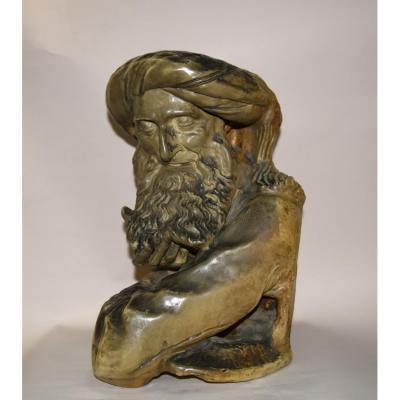
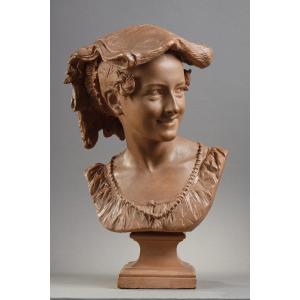

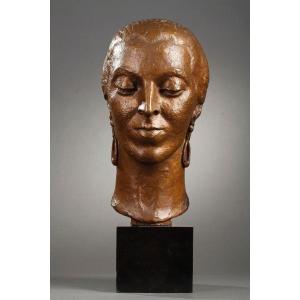


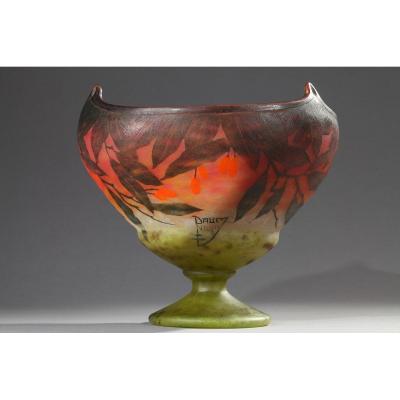


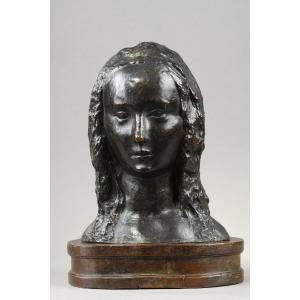




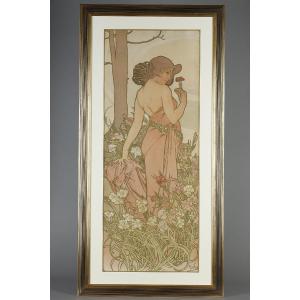
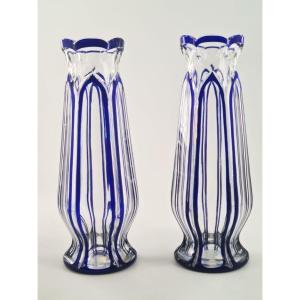
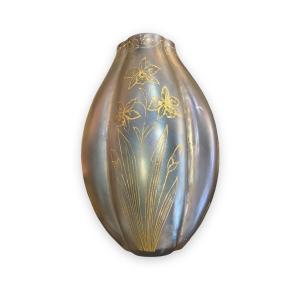
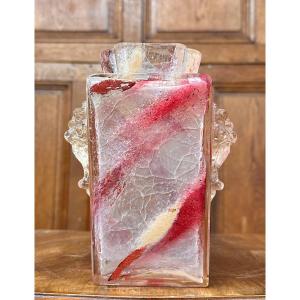





 Le Magazine de PROANTIC
Le Magazine de PROANTIC TRÉSORS Magazine
TRÉSORS Magazine Rivista Artiquariato
Rivista Artiquariato